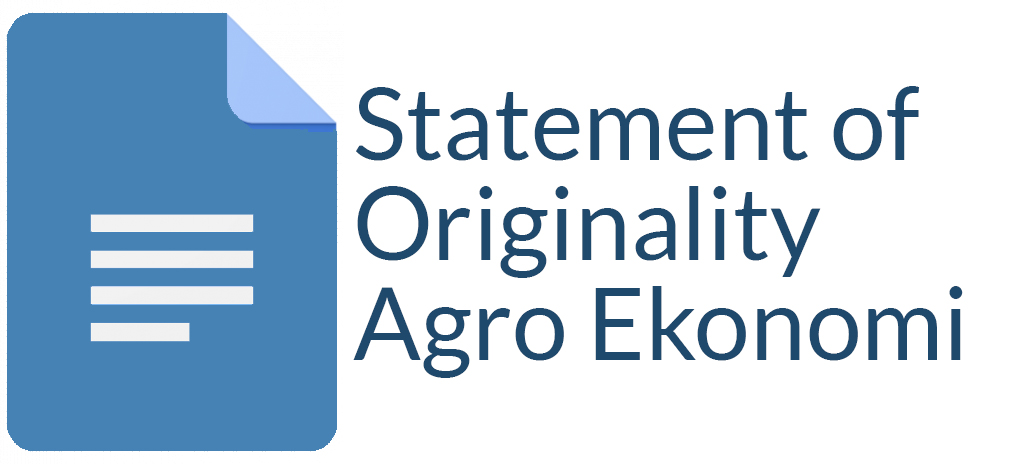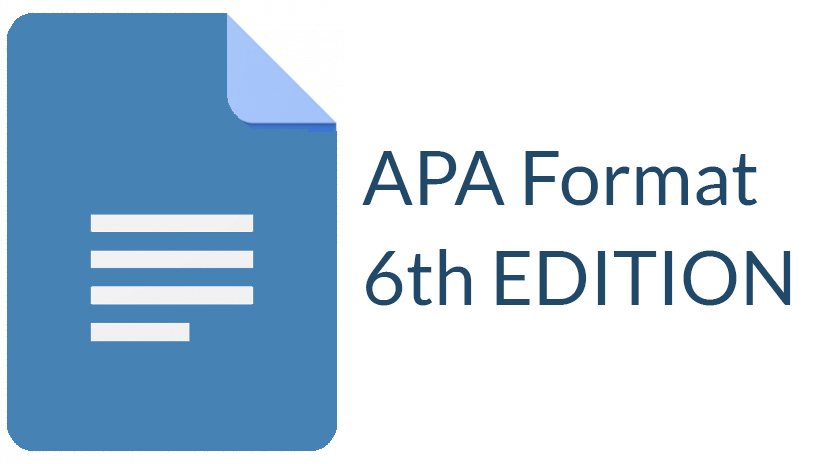Protein Consumption In Communities Affected By Stunting In Daerah istimewa Yogyakarta
Dwi Aulia Puspitaningrum(1*), Khoirul Hikmah(2), Muhammad Maulana Azimatun Nur(3), Aditya Ananta Putra(4), Ravid Ikhsan Trijuna(5), Mukminan Arif Hidayadi(6), Vista Nur Defiana(7)
(1) Department of Agribussines, Faculty of Agriculture, Universitas Pembangunan Nasional Veteran Yogyakarta
(2) Department of Management. Faculty of Economic and Bussines Universitas Pembangunan Nasional Veteran Yogyakarta
(3) Department of Chemical Engineering. Faculty of Industrial Engineering. Universitas Pembangunan Nasional Veteran Yogyakarta
(4) Department Of Agribussines Faculty of Agriculture Universitas Pembangunan Nasional Veteran Yogyakarta
(5) Department Of Agribussines Faculty of Agriculture Universitas Pembangunan Nasional Veteran Yogyakarta
(6) Department Of Agribussines Faculty of Agriculture Universitas Pembangunan Nasional Veteran Yogyakarta
(7) Department Of Agribussines Faculty of Agriculture Universitas Pembangunan Nasional Veteran Yogyakarta
(*) Corresponding Author
Abstract
Inadequate protein consumption is characterized by a low intake of energy and proteinous foods, leading to stunted growth and negative public health outcomes. Therefore, this study aims to determine the factors influencing consumer behavior in purchasing animal and vegetable proteinous foods in Daerah Istimewa Yogyakarta (DIY), as well as to analyze the relationship between protein consumption and these influentialfactors. A quantitative design was used along with a survey approach, involving both primary and secondary data. The study participants were selected using a non-probability sampling method. Data were collected through observations, interviews, literature studies, and documentations. Multiple linear regression analysis, including covariate tests, was then used for analysis. The results of the research showed that household income, the income of women, the number of family members, the number of children under the age of five, the age of women, and the distance from the house to the nearest shop/minimarket had a significant impact on protein consumption among households with stunted children in DIY. Furthermore, Gunung Kidul, Kulon Progo, and Sleman districts had protein consumption of <1 million Indonesian Rupiah (IDR), while Bantul Regency and Yogyakarta Municipality were >1 million IDR.
Keywords
Full Text:
PDFReferences
Acevedo, P., García Esteban, M. T., Lopez-Ejeda, N., Gómez, A., & Marrodán, M. D. (2017). Influence of malnutrition upon all-cause mortality among children in Swaziland. Endocrinologia, Diabetes y Nutricion, 64(4). https://doi.org/10.1016/j.endinu.2017.01.008
Adachi, M., & Urabe, D. (2021). Diet diversity was limited in Malawi resulting in stunting despite availability of foods in markets. Pediatrics International, 63(3). https://doi.org/10.1111/ped.14382
Amalia, R., Ade Lia Ramadani, & Lailatul Muniroh. (2022). Associations of Complementary Feeding Practice History and Protein Adequacy Level with Childhood Stunting in the Working Area of Puskesmas Bantaran in Probolinggo Regency. Media Gizi Indonesia, 17(3). https://doi.org/10.20473/mgi.v17i3.310-319
Annisa, A., Saputri, B. G. D., Asmara, R., Fahriyah, F., & Hanani, N. (2022). Analysis of Household Income and Food Security of Watermelon Farmers During The Covid-19 Pandemic in Lamongan Regency. Agro Ekonomi, 33(2). https://doi.org/10.22146/ae.76175
Bakhtsiyarava, M., & Grace, K. (2021). Agricultural production diversity and child nutrition in Ethiopia. Food Security, 13(6). https://doi.org/10.1007/s12571-021-01173-9
Dewanti, S. (2020). Keragaman Konsumsi Pangan Rumah Tangga di Provinsi Jawa Tengah(Household dietary in Central Java Province). Jurnal Kawistara, 10(3). https://doi.org/10.22146/kawistara.46787
Ekholuenetale, M., Barrow, A., Ekholuenetale, C. E., & Tudeme, G. (2020). Impact of stunting on early childhood cognitive development in Benin: evidence from Demographic and Health Survey. Egyptian Pediatric Association Gazette, 68(1). https://doi.org/10.1186/s43054-020-00043-x
Huriah, T., Fitriami, E., Erviana, & Rahman, A. (2019). The Prevalence and Associated Factors of Stunting Children in Rural Area, Yogyakarta, Indonesia. Proceedings of the Third International Conference on Sustainable Innovation 2019 – Health Science and Nursing (IcoSIHSN 2019). Atlantis Press. https://doi.org/10.2991/icosihsn-19.2019.30
Kodish, S., Aburto, N., Hambayi, M. N., Kennedy, C., & Gittelsohn, J. (2015). Identifying the sociocultural barriers and facilitating factors to nutrition-related behavior change: Formative research for a stunting prevention program in Ntchisi, Malawi. Food and Nutrition Bulletin, 36(2). https://doi.org/10.1177/0379572115586784
Lailiyah, N., Ariestiningsih, E. S., & Supriatiningrum, D. N. (2021). Hubungan pengetahuan ibu dan pola pemberian makan dengan kejadian stunting pada balita (2-5 tahun). Ghidza Media Jurnal, 3(1). https://doi.org/10.30587/ghidzamediajurnal.v3i1.3086
Lin, Y., Bolca, S., Vandevijvere, S., Van Oyen, H., Van Camp, J., De Backer, G., Foo, L. H., De Henauw, S., & Huybrechts, I. (2011). Dietary sources of animal and plant protein intake among Flemish preschool children and the association with socio-economic and lifestyle-related factors. Nutrition Journal, 10(1). https://doi.org/10.1186/1475-2891-10-97
Maulidiana, A. R., & Sutjiati, E. (2021). Low intake of essential amino acids and other risk factors of stunting among under-five children in Malang City, East Java, Indonesia. Journal of Public Health Research, 10(2). https://doi.org/10.4081/jphr.2021.2161
Mozin, S. Y., & Husain, S. P. (2021). Strategi Peningkatan Kemampuan Pencegahan Dan Penanganan Stunting Melalui Pengembangan Potensi Desa Di Tengah Pandemi Covid-19(Capacity Building Strategy in Preventing and Managing Stunting Through Village Potential Development During Covid-19 Pandemic). Jurnal Sibermas (Sinergi Pemberdayaan Masyarakat), 9(3). https://doi.org/10.37905/sibermas.v9i3.8093
Mulyaningsih, T., Mohanty, I., Widyaningsih, V., Gebremedhin, T. A., Miranti, R., & Wiyono, V. H. (2021). Beyond personal factors: Multilevel determinants of childhood stunting in Indonesia. PLoS ONE, 16(11 November). https://doi.org/10.1371/journal.pone.0260265
Roscoe, J. T. (1975). Fundamental research statistics for the behavioral sciences. Holt Rinehart & Winston, New York.
Sani, M., Solehati, T., & Hendarwati, S. (2020). Hubungan usia ibu saat hamil dengan stunted pada balita 24-59 bulan(Correlation between the age of mothers and the occurrence of Stunting in Children aged 24-59 Months). Holistik Jurnal Kesehatan, 13(4). https://doi.org/10.33024/hjk.v13i4.2016
Sari, E. M., Juffrie, M., Nurani, N., & Sitaresmi, M. N. (2016). Asupan protein, kalsium dan fosfor pada anak stunting dan tidak stunting usia 24-59 bulan(Protein, Calcium, and Phosphorus Consumption in Children aged 24-59 Months with Stunted Growth and Those Without Stunted Growth). Jurnal Gizi Klinik Indonesia, 12(4). https://doi.org/10.22146/ijcn.23111
Siringoringo, E. T., Syauqy, A., Panunggal, B., Purwanti, R., & Widyastuti, N. (2020). Karakteristik keluarga dan tingkat kecukupan asupan zat gizi sebagai faktor risiko kejadian stunting pada baduta(Family characteristics and the level of nutrition fulfillment as Risk factors for the prevalence of stunting in children under the age of two). Journal of Nutrition College, 9(1). https://doi.org/10.14710/jnc.v9i1.26693
Siswati, T., Hookstra, T., & Kusnanto, H. (2020). Stunting among children Indonesian urban areas: What is the risk factors? Jurnal Gizi Dan Dietetik Indonesia (Indonesian Journal of Nutrition and Dietetics), 8(1). https://doi.org/10.21927/ijnd.2020.8(1).1-8
Sitompul, V. S., Sudaryati, E., & Aritonang, E. Y. (2023). Socio-Demographic Influence And Food Security Against Stunting Events In Medan City. Journal of Research and Comunity Service, 4(1).
Supariasa, I. D. N., & Purwaningsih, H. (2019). Faktor-faktor yang mempengaruhi kejadian stunting pada balita di kabupaten malang(Factors influencing the incidence of stunting in infants in the Malang District). Karta Rahardja: Jurnal Pembangunan Dan Inovasi, 1(2).
Suryana, E. A., & Azis, M. (2023). The potential of economic loss due to stunting in indonesia. Jurnal Ekonomi Kesehatan Indonesia, 8(1). https://doi.org/10.7454/eki.v8i1.6796
Swarinastiti, D., Hardaningsih, G., & Pratiwi, R. (2018). Dominasi Asupan Protein Nabati Sebagai Faktor Risiko Stunting Anak Usia 2-4 Tahun(Domination of Plant Protein Intake as a Risk Factor of Stunting in Children aged 2 to 4 years). Diponegoro Medical Journal (Jurnal Kedokteran Diponegoro), 7(2).
Titaley, C. R., Ariawan, I., Hapsari, D., Muasyaroh, A., & Dibley, M. J. (2019). Determinants of the stunting of children under two years old in Indonesia: A multilevel analysis of the 2013 Indonesia basic health survey. Nutrients, 11(5). https://doi.org/10.3390/nu11051106
Umaroh, R., & Vinantia, A. (2018). Analisis Konsumsi Protein Hewani pada Rumah Tangga Indonesia(Analysis of Animal Protein Consumption in Indonesian Households). Jurnal Ekonomi Dan Pembangunan Indonesia. https://doi.org/10.21002/jepi.v0i0.869
Vaivada, T., Akseer, N., Akseer, S., Somaskandan, A., Stefopulos, M., & Bhutta, Z. A. (2020). Stunting in childhood: An overview of global burden, trends, determinants, and drivers of decline. American Journal of Clinical Nutrition (Vol. 112). https://doi.org/10.1093/ajcn/nqaa159
Wahyuni, D., Purnastuti, L., & Mustofa, M. (2016). Analisis elastisitas tiga bahan pangan sumber protein hewani di indonesia(Elasticity Analysis of Three Animal Protein Food Materials in Indonesia). Jurnal Economia, 12(1). https://doi.org/10.21831/economia.v12i1.9544
Watts, P. D. (2019). Maternal Indigenous and Artisanal Coastal Nutrition, the SDG Imperative: A Suggested Renaissance of Ethics for Research and Tertiary Education in the Anthropocene Era. International Journal of Nutrition, 4(3). https://doi.org/10.14302/issn.2379-7835.ijn-19-2774
Article Metrics
Refbacks
- There are currently no refbacks.
Copyright (c) 2023 Agro Ekonomi

This work is licensed under a Creative Commons Attribution-ShareAlike 4.0 International License.
View My Stats











